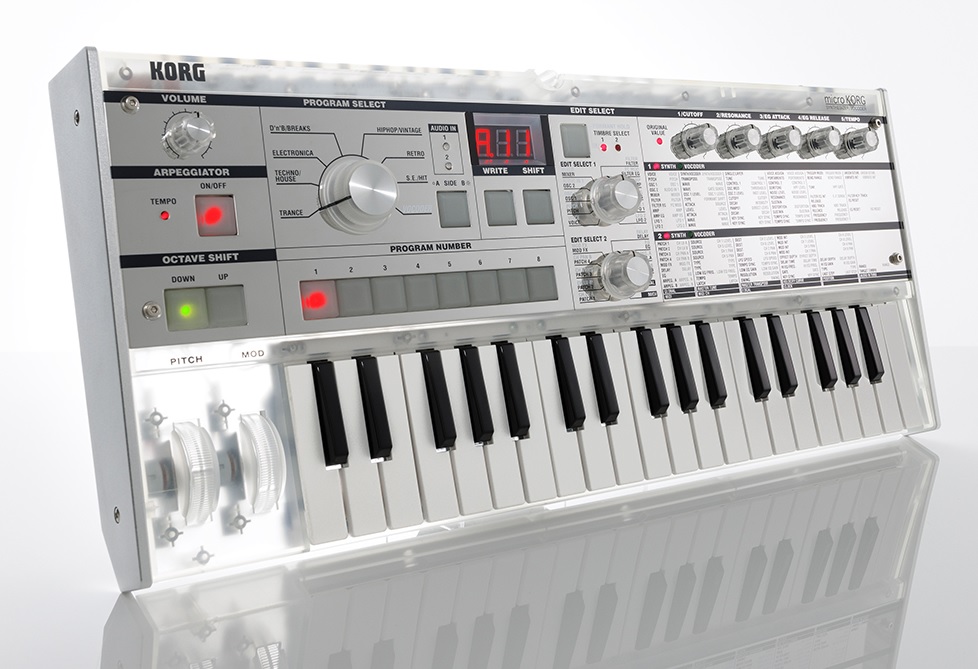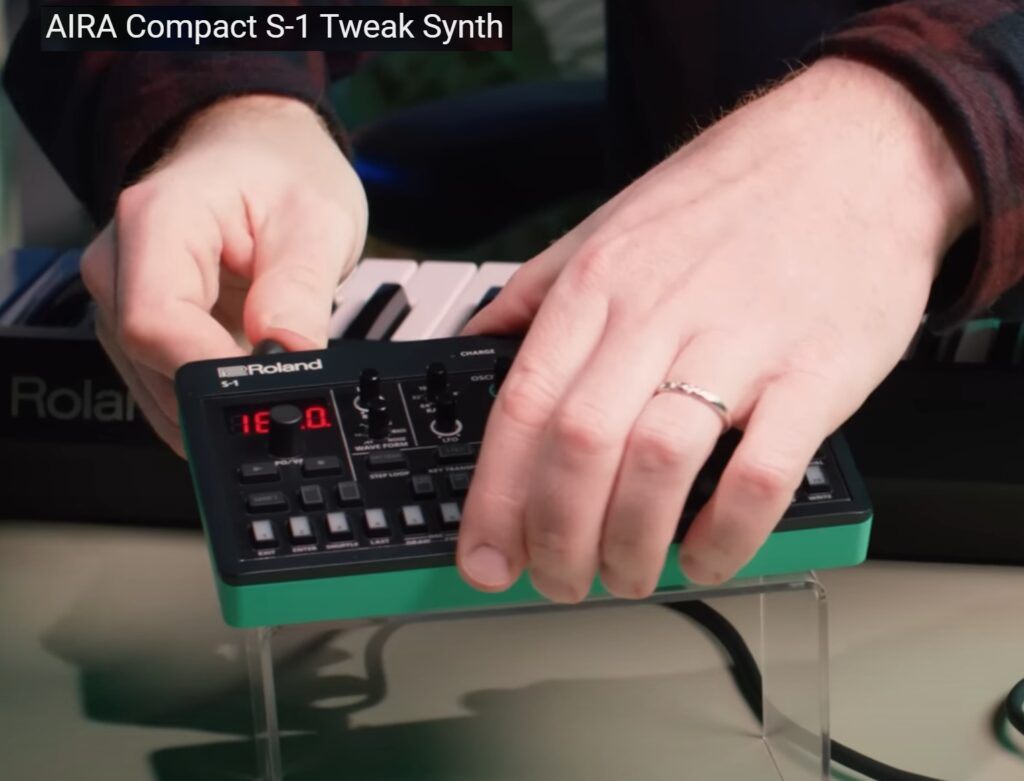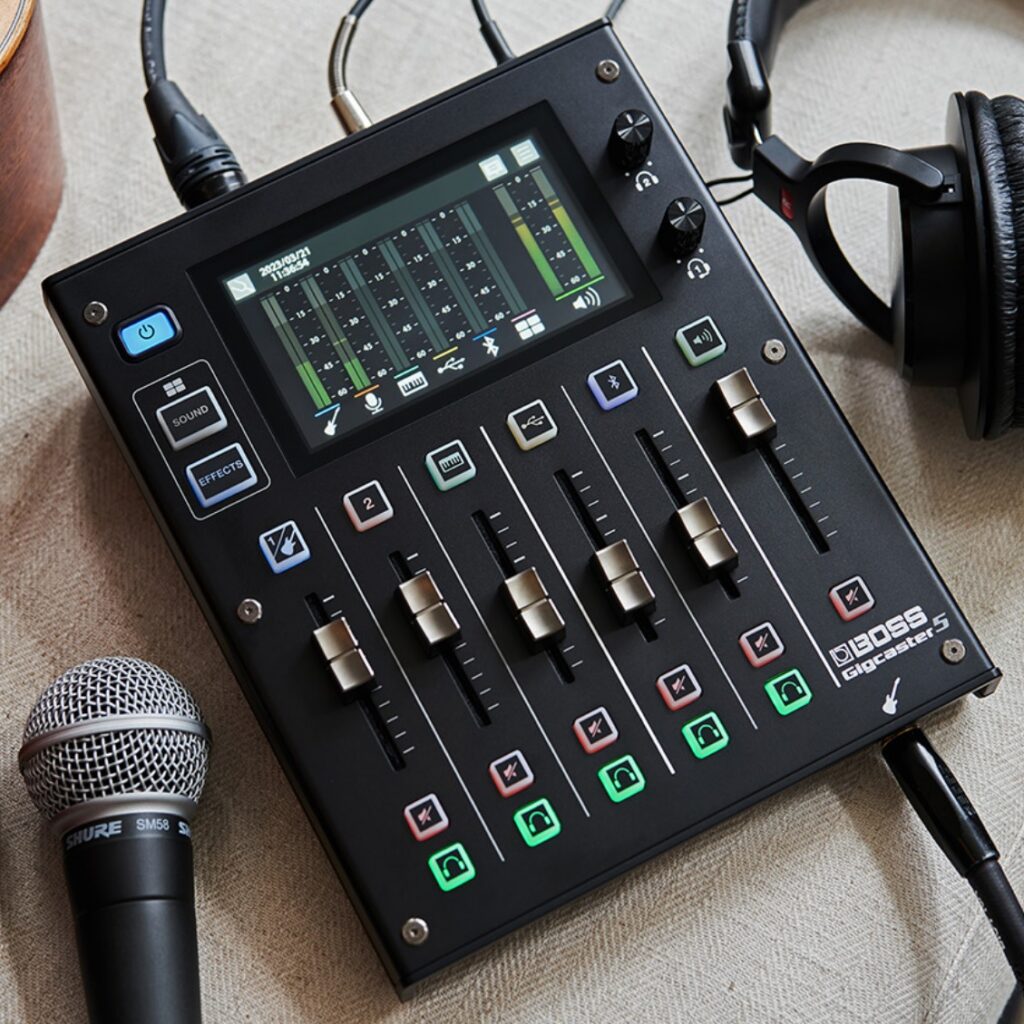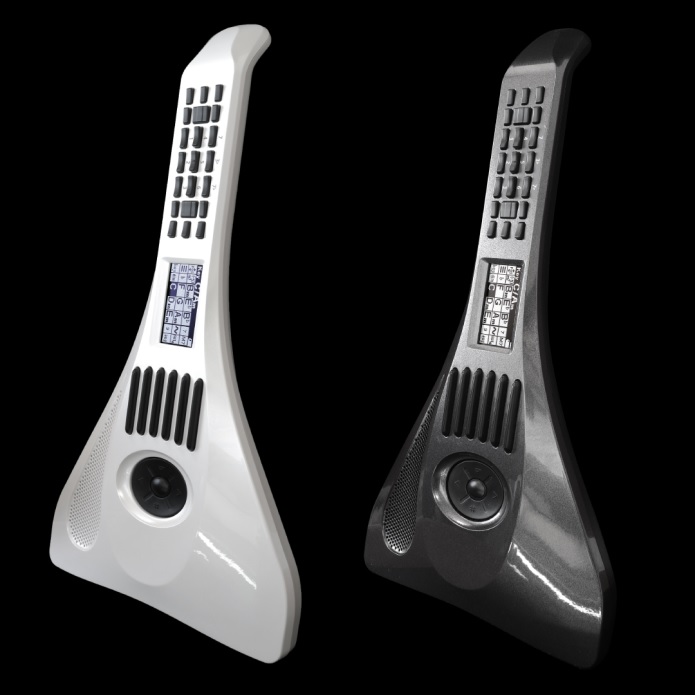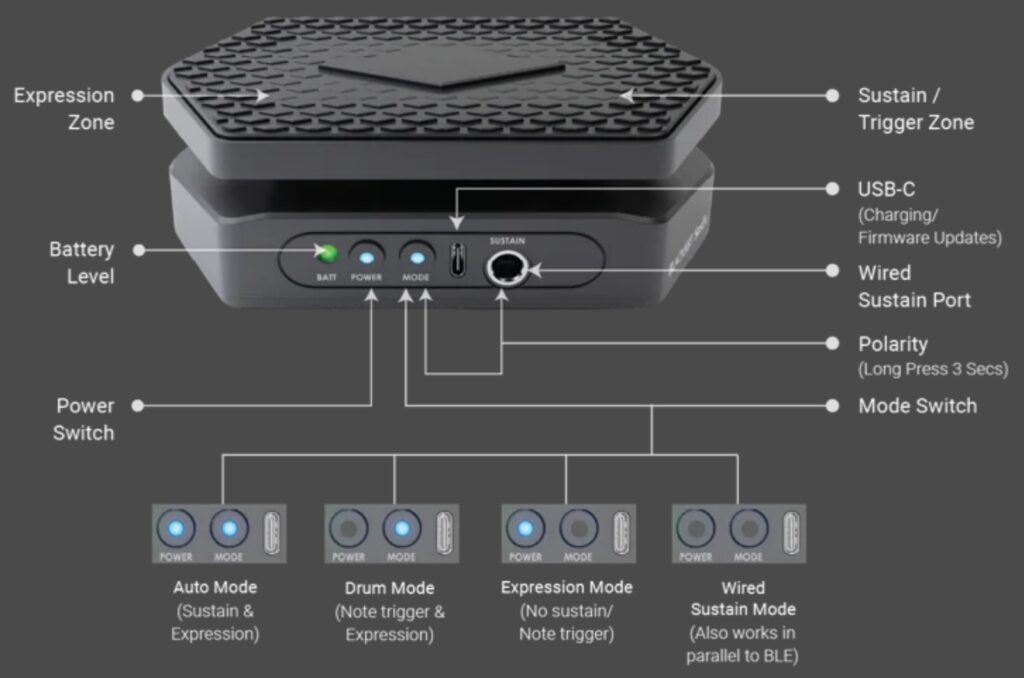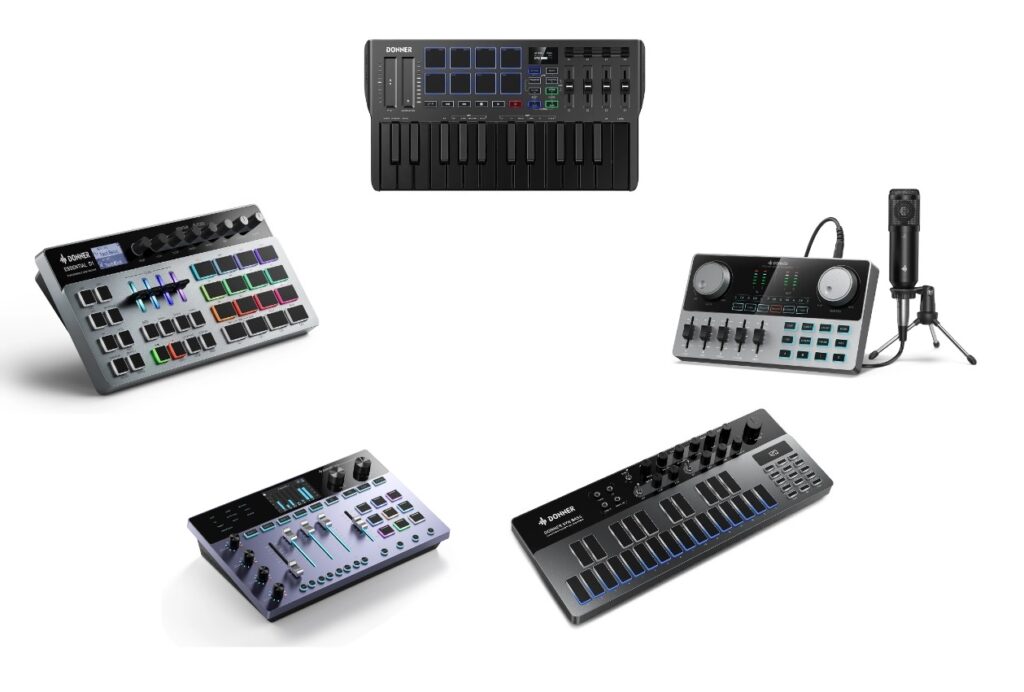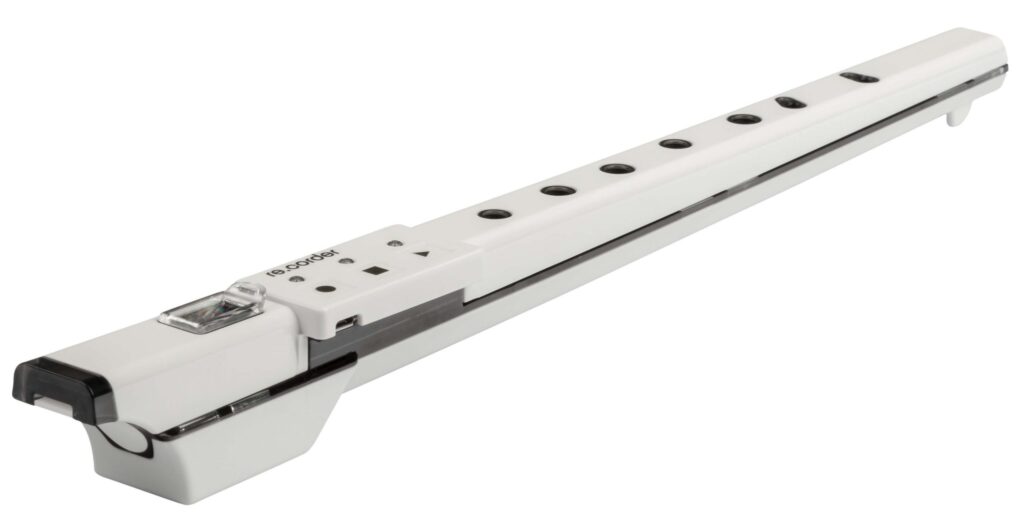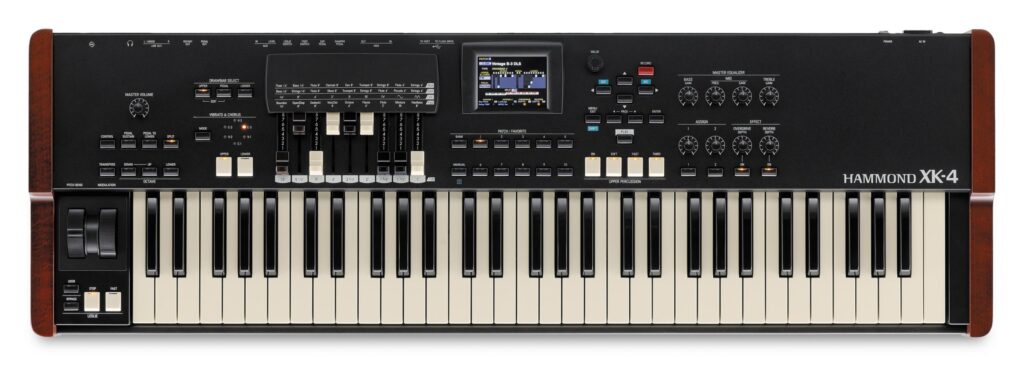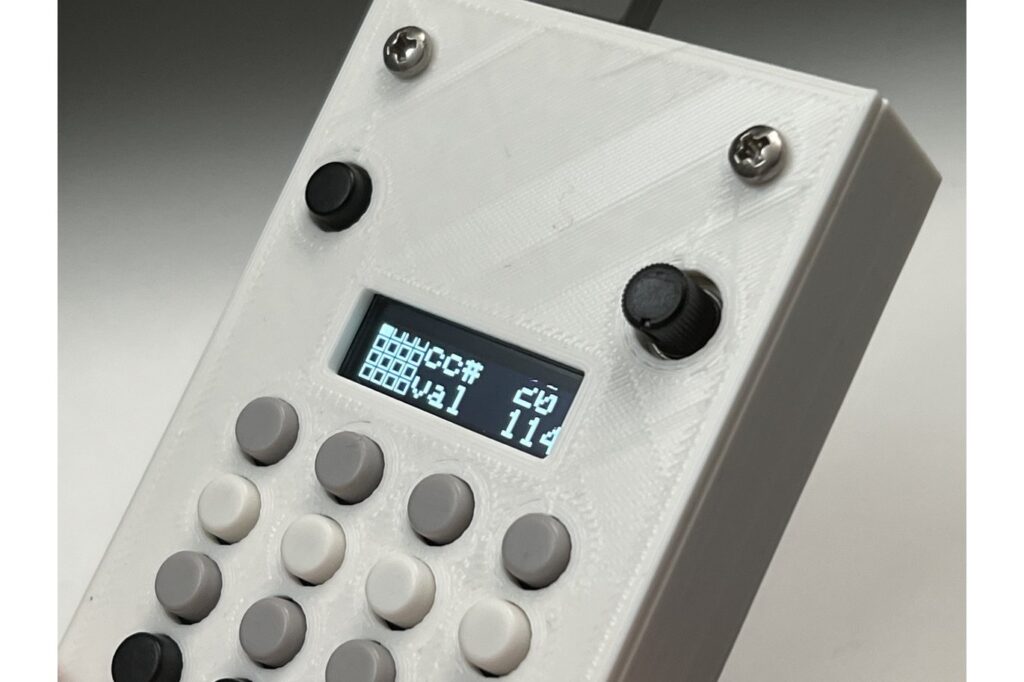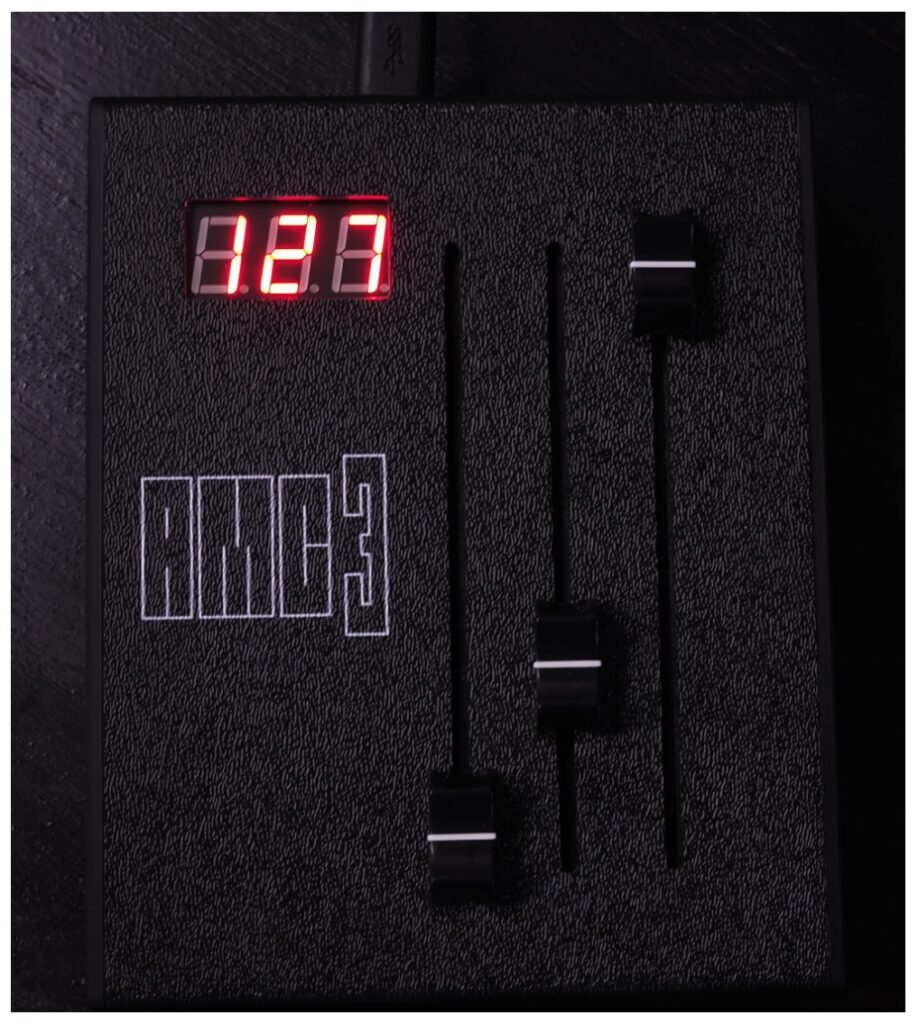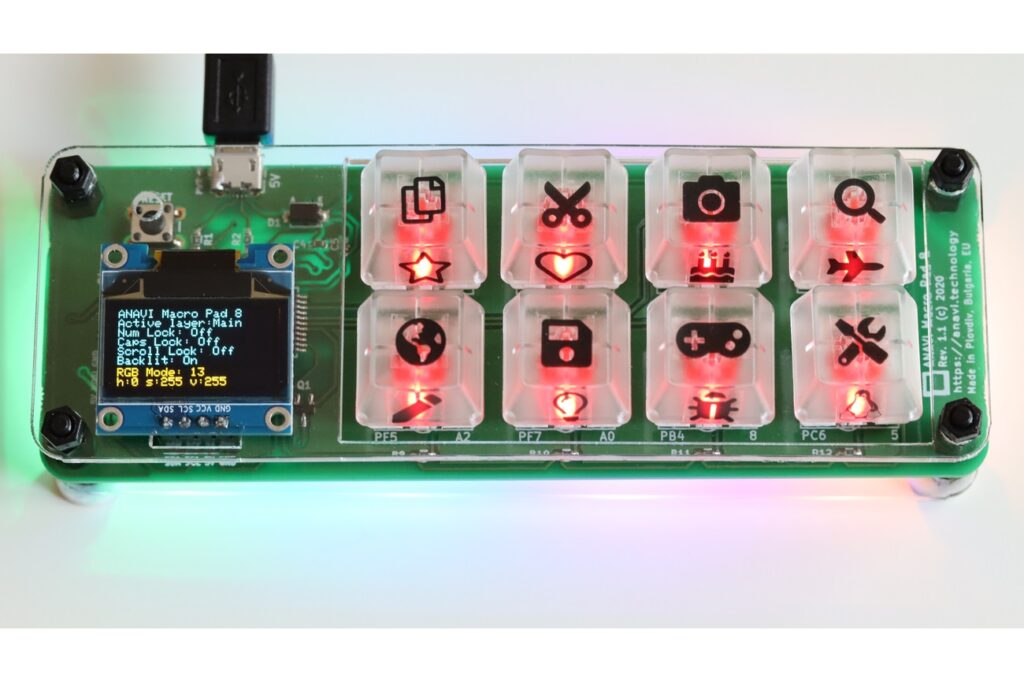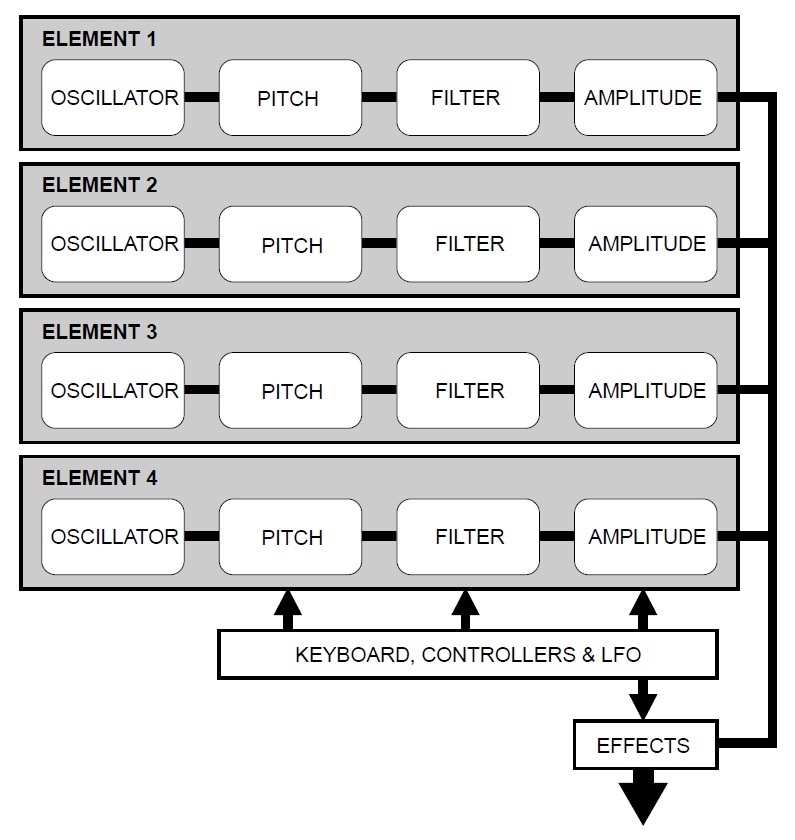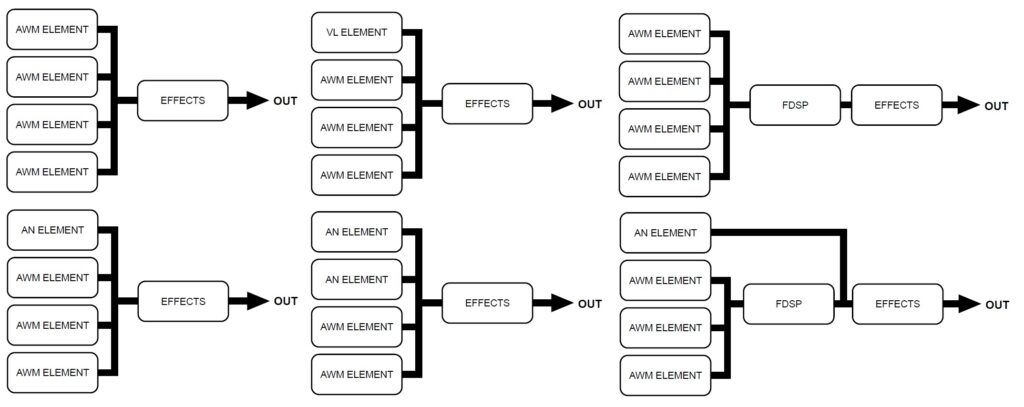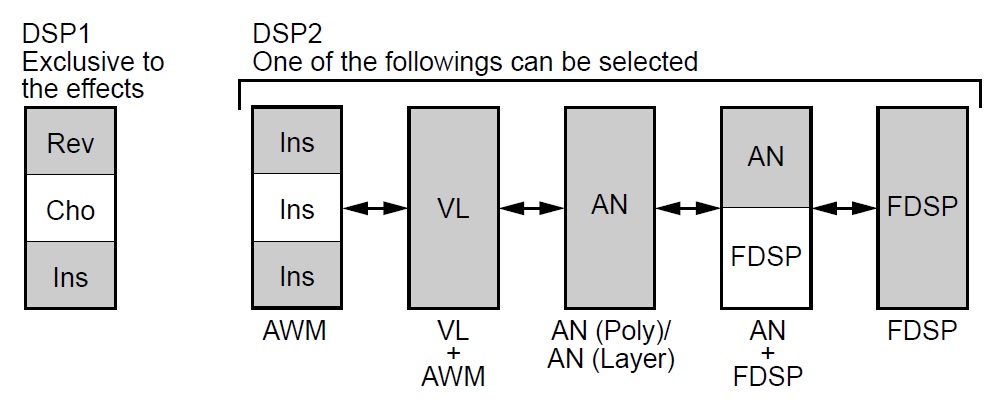I always hesitate calling one of these posts a “review,” especially when the actual trial is serendipitous. Had to stop at Whole Foods and decided to drop into Guitar Center just to see what they had on the floor. Lo and behold, a Yamaha CK88!
It was a nice surprise, but I didn’t have the usual lead sheets that I use when testing. So, it came down to random plunking and noodling.
First, I’m going to lay out most of the good news. For instruments in the $1,000USD (61 key) to $1,500 (88 key) range, the CK sounds damned good. The user interface (UI) is intuitively direct and had only one “What the?” moment.
I played and listened to the CK88 through its built-in speakers. The built-in speakers are a bit unusual for Yamaha stage/synth instruments, but not so for its digital pianos and arranger keyboards. The CK88 has sufficient volume for practice and maybe enough for an acoustic-level rehearsal. Thus, I put the CK’s speakers in the “courtesy speaker” category. Being 2x6W, 12cm by 6cm ovals, they are not unlike the courtesy speakers on the Case CT-S1000V (or S500) — just OK. They are not boxy, something I don’t tolerate under any circumstance.
I started out with acoustic piano because, err, it was the 88 GHS keybed in front of me. I found both the main acoustic piano (CFX) and Rhodes (78Rd) to be satisfying. I would prefer to play the Rhodes on the GHS rather than the CFX. I don’t know if it’s because I’ve been playing the Petrof grand occasionally, but the GHS just did provide the same enjoyment. On again, off again, I’ve been thinking about a digital piano for home and the GHS action ain’t it. The GHS seems to bottom out, for lack of a better description. Forget organ swipes on the 88, too, unless your hands are made of leather.
Practical tips department. The piano sounded muffled when I first started playing. The last customer pulled all of the EQ sliders to -12dB, thank you. Reset, always reset.
Next, I jumped into the acoustic, non-keyboard sounds. The CKs are like a “greatest AWM2 hits” from MODX/Montage. The brass voices are pleasant enough and would be useable in a band setting. The voices range from Jerry Bruckheimer to mellow, more musical horns. The only voice that threw me is “Sweet Trumpet” which is suitable only for mariachi covers.
The saxes are typical AWM2 saxes — emergency use only. I’m spoiled by Super Articulation sax. The oboe is a bit too bright for my taste. The clarinet and bassoon are not bad. The flutes are cool. Strings are varied and useable. I can’t be too harsh because the CK beats the up-scale, expensive YC61 for orchestral voices and, notably, pipe organ.
Venturing into synth brass, pads and leads, we’re back to greatest hits territory. You’ll probably find something close enough for rock’n’roll among the lot. There’s no point in getting too OCD on a machine with limited editing and few real-time parameters to tweeze. CK has what I would call “Yamaha Quick Edit” which apply offsets to the actual voice parameters. Want deep editing? Look to MODX/Montage.
Now to the organs. The CK cops the pipe organs from Genos™ — excellent choice. Maybe it was the EQ or sumptin’, but the VOX (V) didn’t pierce my ears and the Farfisa (F) didn’t have that Sam The Sham rasp. Oddly, I give Reface YC the edge as far as combo organs are concerned.
As to the main event — Hammond B-3 — the CK is much more than Reface YC in a tuxedo. The drawbars are nice and smooth, offering the right amount of resistance. The drawbar throw is a little short (a la Reface) when compared to Yamaha’s clonewheels. The CK drawbars slide and don’t have the Reface drawbar detents.
To my ears, the CK and Reface YC basic drawbar sound is the same — pretty clean and artifact (e.g., leakage) free. The rotary speaker sim and effects chain are what make the difference. Obviously, the CK is richer in that regard. You get so much more for the money with CK (full-size keyboard, better effects chain, acoustic piano, EP, decent acoustic/electronic instruments, A/D input, audio playback, etc.), why would anyone bother with Reface anymore, unless they absolutely must have the portability?
I like the CK vibrato/chorus implementation and UI more than Reface, too. All of the organ controls are more Hammond-like even if they are a bit small.
I developed a preference for the CK Rotary 2 sim over Rotary 1. I wish I knew which rotary speaker algorithms Yamaha chose for CK as I would like to recreate the CK sound on MODX. The CK horn/rotor turn a bit too fast and, unfortunately, the speeds cannot be changed.
The only “What the?” moment had to do with the DRIVE buttons and what they apply to the internal signal. If I were giving the CK a serious spin, I would study the effects chain and controls before sitting down in the driver’s seat.
So, there it is. The CKs offer great value for the money, no doubt about it. I personally would go with the 61-key model (CK61) since I play mainly organ/synth. The GHS isn’t for me and suggests that I should “go large” if I ever follow through and buy a digital piano for home. Having MODX, I don’t feel like I’m missing out although I need to make better use of MODX sliders for real-time drawbar control.
Other reviews and comments about digital pianos:
- Yamaha P-S500 digital piano
- Yamaha CK88 stage keyboard (review)
- Yamaha P-515 portable digital piano (review)
- Yamaha DGX-670 portable grand piano (snap review)
- Yamaha Piaggero NP-15 and NP-35 portable digital pianos (announcement)
- Korg Liano digital piano (announcement)
- Roland FP-E50 digital piano with auto-accompaniment
- Yamaha CSP series digital pianos
Copyright © 2023 Paul J. Drongowski


